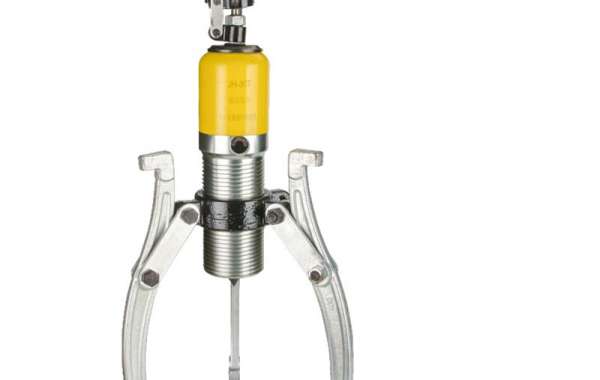A hydraulic pump serves as the heart of any hydraulic system, responsible for generating the flow of fluid necessary for power transmission. Its primary function is to convert mechanical energy, typically from an electric motor or an internal combustion engine, into hydraulic energy. This conversion process creates a pressurized flow of hydraulic fluid within the system. The operation of a hydraulic pump is based on creating a vacuum at the pump inlet, which allows atmospheric pressure to push fluid from the reservoir into the pump. The fluid is then mechanically transported to the pump outlet and forced into the hydraulic system.
The ability of a hydraulic pump to create flow is fundamental, but it is important to understand that the pump itself does not directly create pressure. Pressure in a hydraulic system is the result of resistance to the flow generated by the pump. When the fluid encounters a restriction, such as a actuator or a valve, pressure builds within the system. The hydraulic pump must be designed to withstand this operating pressure continuously. The design and construction of a hydraulic pump are therefore focused on its capacity to produce a consistent volume of flow against a resisting force.
Several types of hydraulic pumps are utilized in industry, each with distinct operating principles. Gear pumps, which use meshing gears to displace fluid, are known for their simplicity and durability. Vane pumps, employing a slotted rotor with sliding vanes, often provide a smoother flow. Piston pumps, which use reciprocating pistons in a cylinder block, are capable of operating at high pressures. The selection of a specific hydraulic pump type depends on factors such as the required pressure range, flow volume, efficiency, and the demands of the application.
The performance of a hydraulic pump is critical to the overall effectiveness of the system. Key parameters include its displacement, which is the amount of fluid it can deliver per revolution, and its volumetric efficiency, which indicates how effectively it minimizes internal leakage. A well-matched hydraulic pump ensures that the system can deliver the necessary force and speed to the actuators. Proper maintenance, including clean fluid and appropriate filtration, is essential for preserving the performance and extending the service life of the hydraulic pump, making it a reliable component in countless machines.







